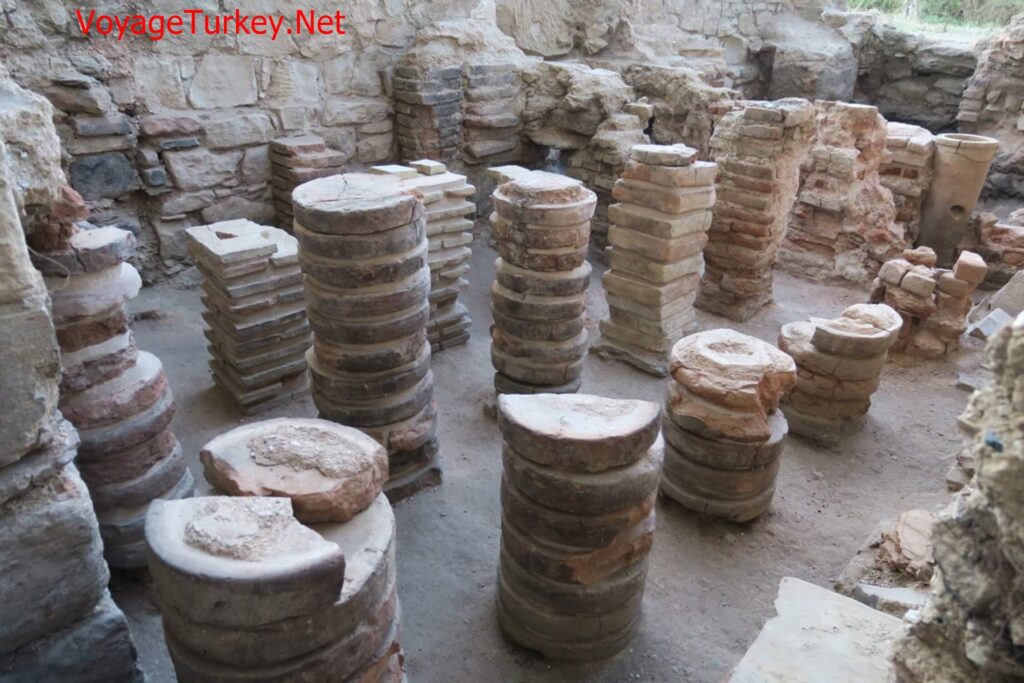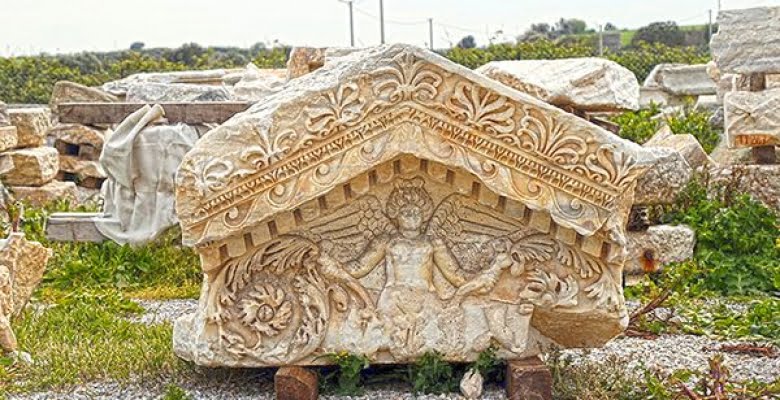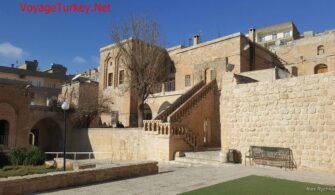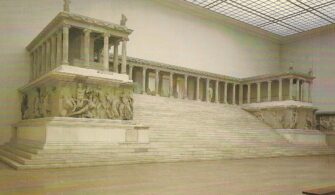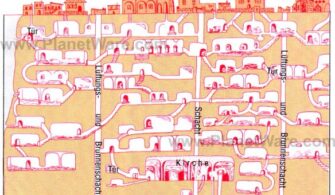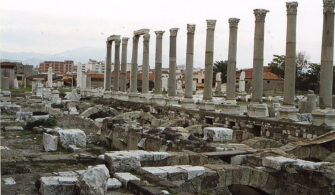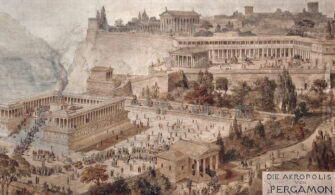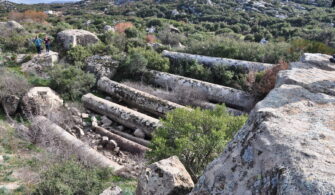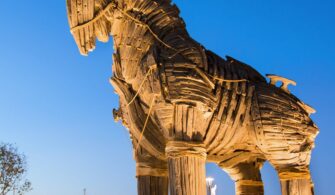One of the most important ancient cities in the district of Biga, Parion is located on the Anatolian coast of the Dardanelles.
There are three opinions on the origin of the name Parion. The first is that Parion originates from Paros, the other is derived from Parius, son of the immigrant Lason and Demetria, and the last is that the name originates from the Prince of Troy, Paris, which means the city of Paris.
Location of Parion Ancient City
Today the center of the ancient city is located within the borders of Kemer Village of Biga District of Çanakkale Province.
History of Parion
Eusebius wrote that Parion was founded in 709 BC. On the other hand, the earliest ceramics found in the works carried out to date are dated to 625-600 BC. The information obtained from ancient and modern sources about who founded the city is contradictory.
Parion became a member of Delos Union in 478-477 BC.
Parion came under Persian rule after King Peace in 387 BC. Troas and Parion came under the rule of Alexander the Great after Alexander the Great defeated the Persians in 334 BC during the Battle of Granikos. After the death of Alexander the Great in 323 BC, Troas and Parion came under the rule of Antigonus, one of the generals of Alexander the Great.
About a century later (in 190 BC), the Romans rewarded their ally, the Kingdom of Pergamon, and handed over the rule of Western Anatolia (including Parion) to the Kingdom of Pergamon. Attalos III, who died in 133 BC, left his kingdom to Rome in his will. Thus Troas and his part Parion came under Roman rule. It is understood from the priests who were sent to the city that Parion did not lose its importance during the Byzantine period and was an important episcopal center.
Buildings in Parion Ancient City
Parion, where the first systematic excavations started in 2005, has been understood to be one of the most important cities of the Troas region with the excavations carried out for 11 years and the archaeological findings.
It is estimated that architectural activities have accelerated during the Hadrianus Period. The architectural decorations and reliefs of the theater, which is one of the most prominent buildings of the city, dates back to the second half of the 2nd century BC.
Excavations in the city so far have revealed structures built around the main street, a cemetery, a palace-like structure, and the theater of the city. The Roman Bath, Agora, Tower, and Odeion in the Harbor, which were unearthed as a result of excavations, are among the structures you can see.
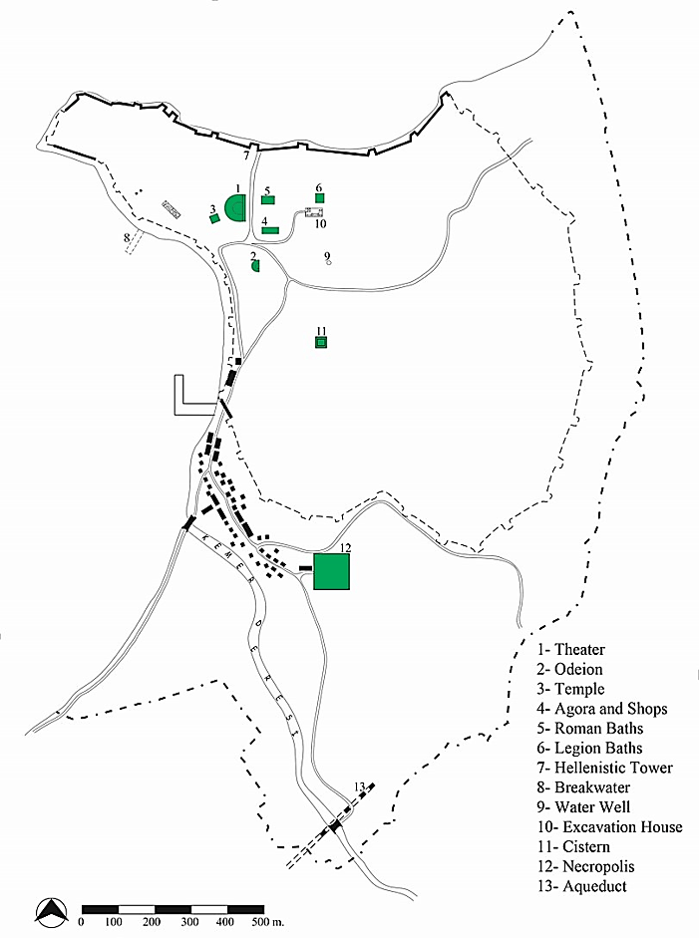
Late Byzantine Chapel “Valentine’s Chapel”
During the excavations in Parion Ancient City in the year of 2011, a Late Byzantine Chapel was unearthed.
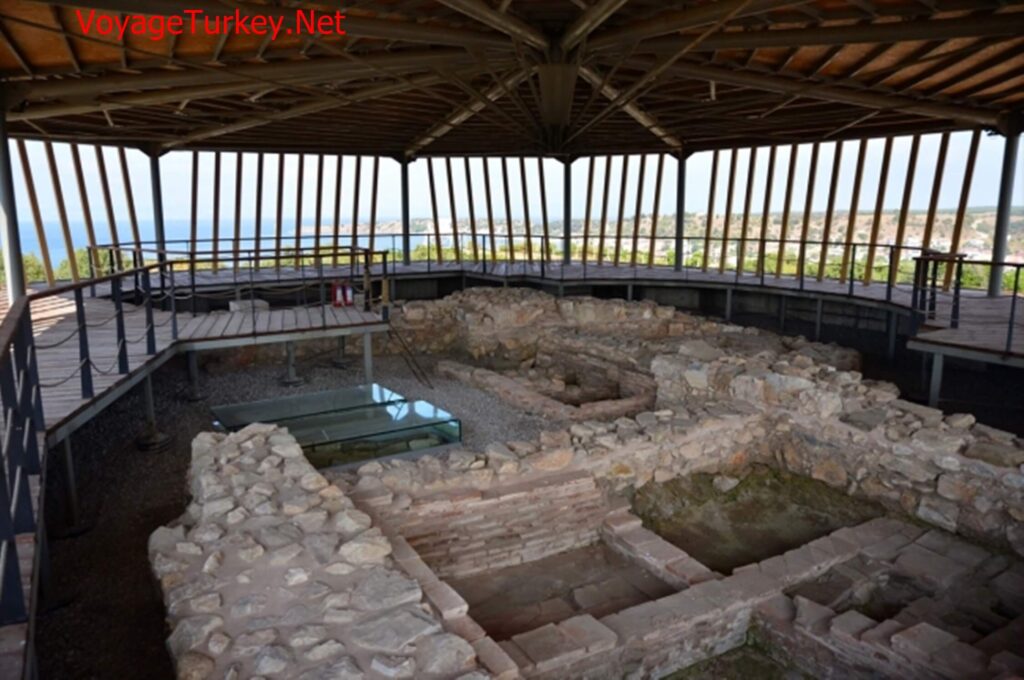
In these excavations in the area where the Chapel was located, a grave that was estimated to belong to 2 lovers who were wrapped was also unearthed.
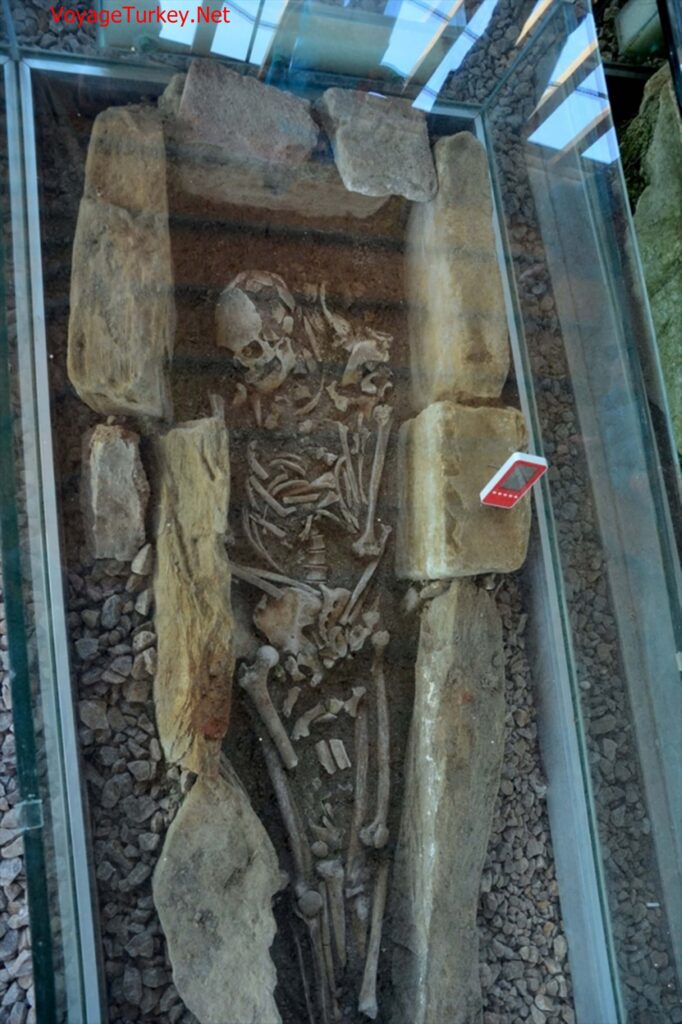
Upon the suggestion of the head of the excavation committee, this Byzantine Chapel was called “unofficially” Valentine’s Chapel.
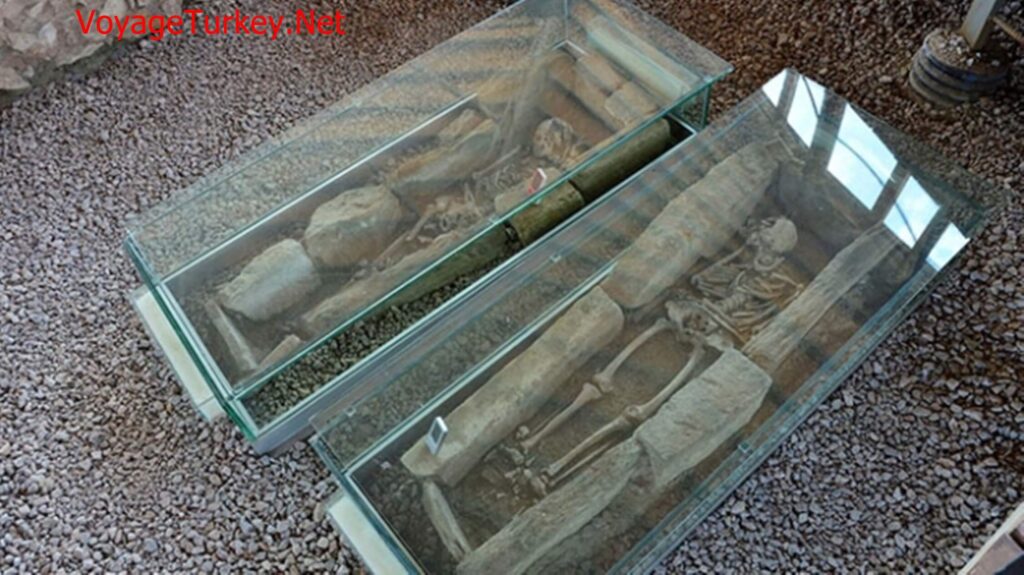
The region was protected by the Ministry of Culture and Tourism and turned into an archaeological park.
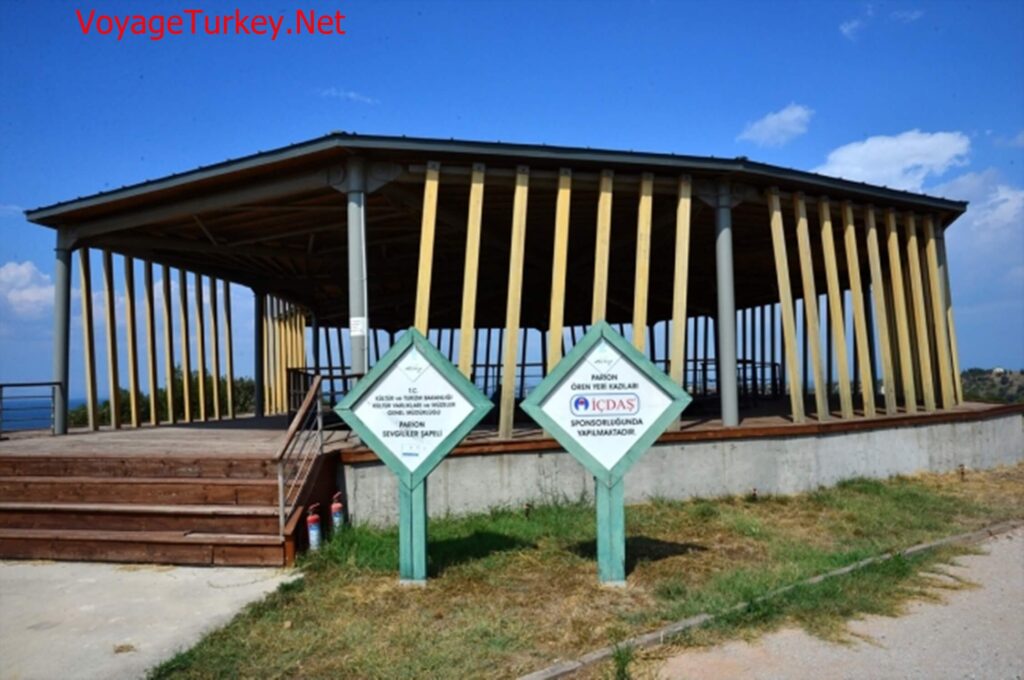
Emphasizing that there are not many examples of tombs of men and women wrapped each other in the World Dr. Keles said that this tomb is the only one in Anatolia and one of the three in the world.
Theater
Parion Theater was built on the west side of the bowl, which is accepted as the city center, very close to the Roman Baths but not far from other buildings like Agora, Hamam and Odeon.
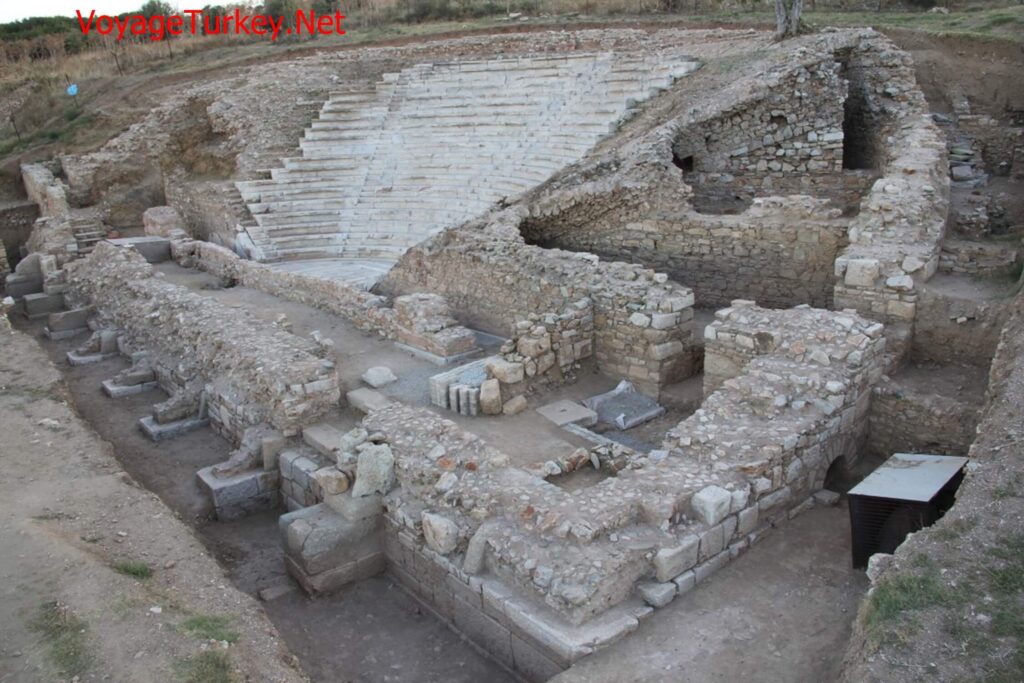
The theater cavea, where the audience watches the play, is placed on the slope of the city acropolis and faces the east.
Odeon
The Odeion was built on a hillside approximately 190 m southeast of the ancient theater of Parion. It is not known whether the odeon is square or semicircular because it has not been completely excavated. However, it is thought that the odeon has a semicircular plan, as no remains of the building were placed on a square plan.
Artemision of Parion
During the 2012 studies in the Parion Odeon, a marble statue was uncovered in fragments dating to the 2nd century AD according to the initial findings. Some parts of the statue are missing. It is presumed that the statue of the dressed woman, approximately 1.70 m, belongs to the goddess Artemis because of the bow and quiver she holds in her left hand.
Parion Roman Bath
Parion Roman Bath is located 70 m east of the Theater and 150 m from the beach. The first excavations at the Roman Bath started in 2006 and currently work in four main locations.
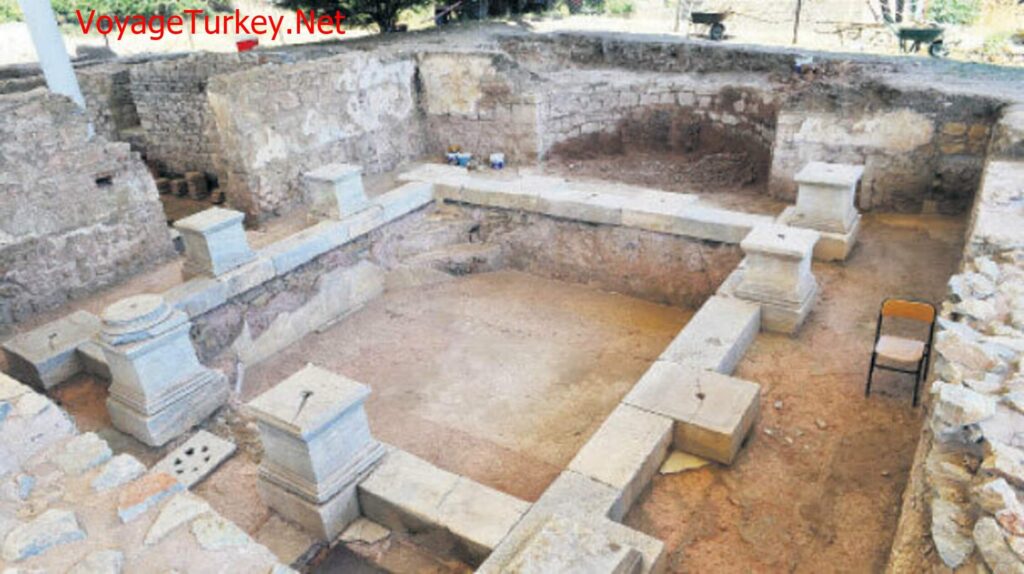
It is estimated that the Roman Bath was built in the 2nd century BC, underwent various repairs up to the 5th century, and remained in use for a long time.
